How much equipment does a World Tour team consume? 200 bikes, 800 jerseys or 60,000 water bottles in just one year
The growth of World Tour team structures is a clear example of how professional cycling has evolved in recent decades. Gone are the days of the 90s and 2000s when the team owner acted as the director behind the wheel of the car, negotiated sponsorships, signed riders, set the calendar for their riders, and performed a myriad of tasks. A clear example of this growth is the immense amount of material that a structure like Jayco-AlUla can use.

The true size of World Tour teams measured in material
Although regular road cycling fans are not surprised by the magnitude that World Tour team structures have acquired, it is not until you see it reflected in numbers that you truly realize how big these teams are. Numbers that Green Edge Cycling, the structure that includes the Jayco-AlUla teams, made public a few days ago in an article on their own website.
The numbers we mention in the title of this article, that is, 200 bikes, 800 jerseys, and 60,000 water bottles refer to the entire structure, including the men's team, the women's team, and the U23 development team, totaling among all of them 54 cyclists, of which 30 are part of the men's World Tour team which has incorporated in this 2025, as a star cyclist, a Ben O'Connor who shone in the last edition of the Vuelta a España.
RECOMENDADO

25 cycling gifts ideas to get it right

When do helmets have to be changed? Do they have an expiration date?
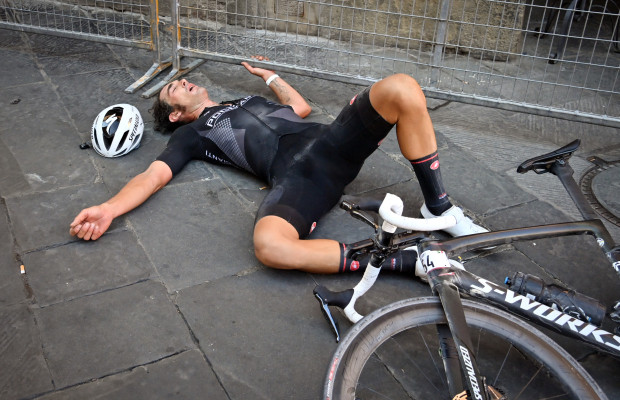
How many days should a cyclist rest per week?
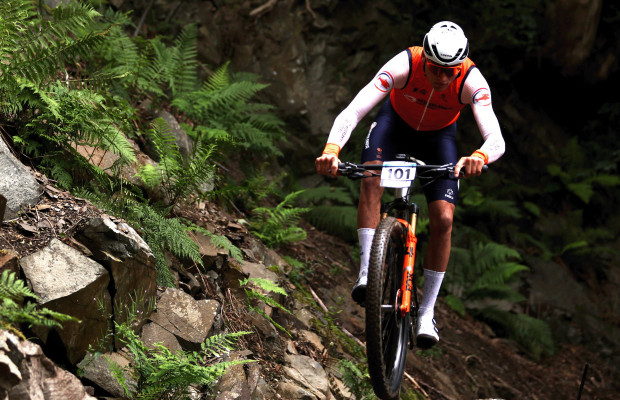
Some reasons to stay away from the road in winter
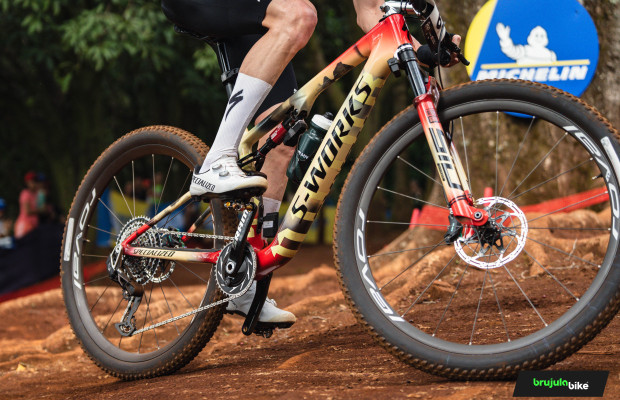
S-Works: what does it really mean and where does Specialized's most exclusive label come from?
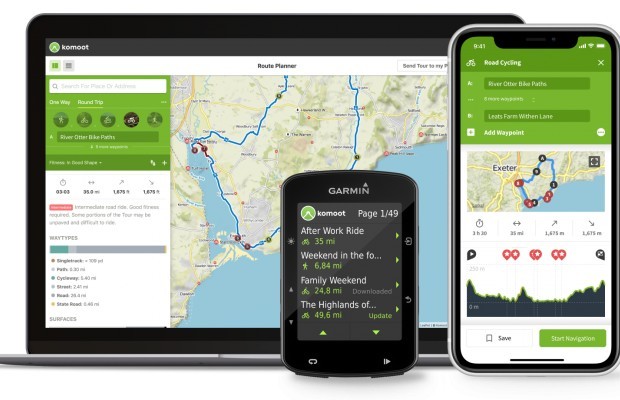
The best apps for cycling and mountain biking
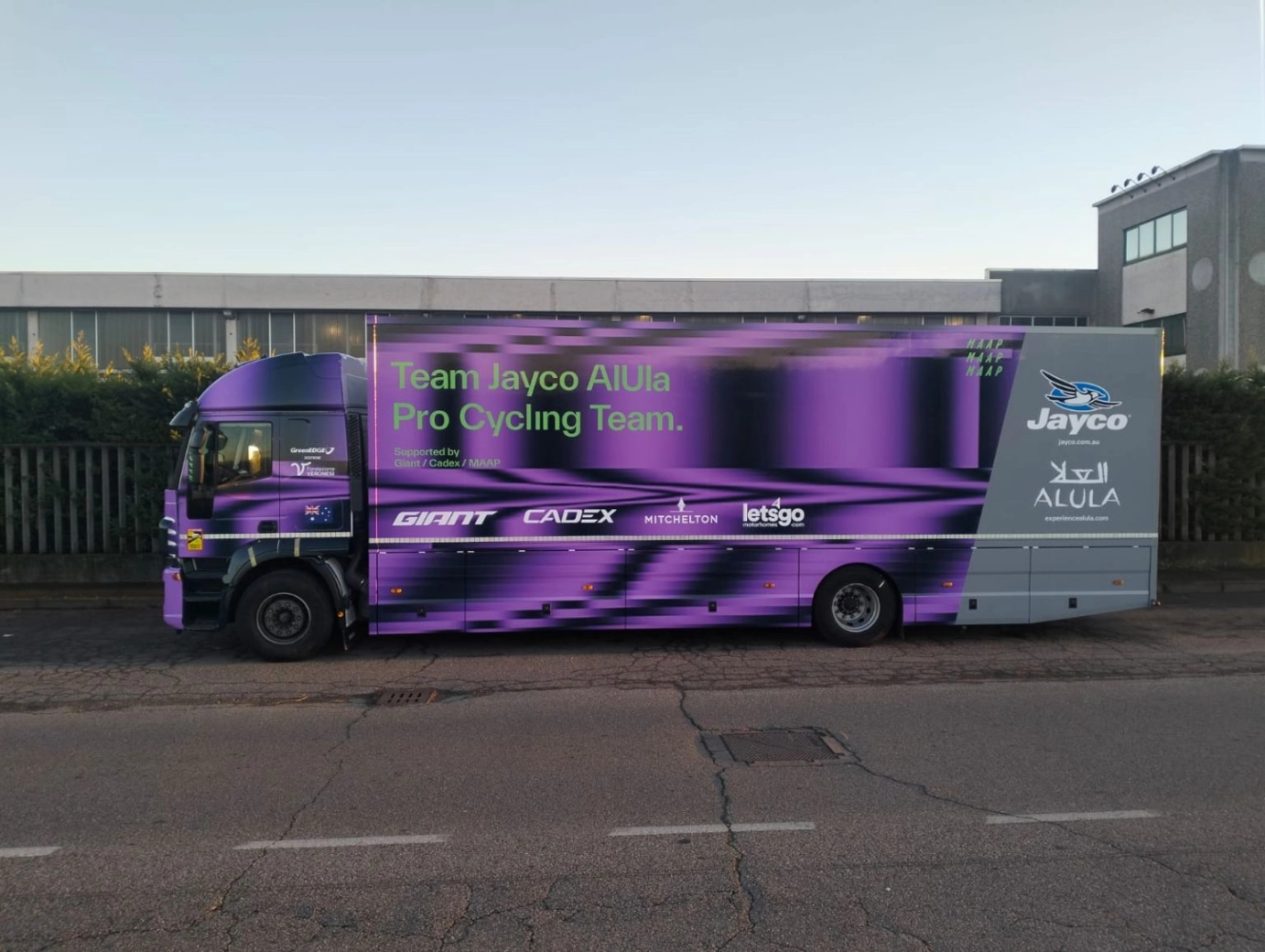
A Ben O'Connor who will have at his disposal no less than 9 bikes provided by Giant including the climbing model TCR, the aerodynamic Propel, and the time trial Trinity. In fact, he will have one unit of each at home for his training.
Consumables are another aspect that usually catches attention regarding the material used by teams, especially the number of water bottles used, about 1,100 per rider throughout the season, an item that is practically single-use for professionals and is usually discarded after consuming its contents; or the number of tires mounted throughout a campaign, about 1,000 tubeless tires, a component that is replaced as soon as it shows any minimal cut in the case of stage races and at the end of them to minimize the risk of punctures as also happens with other wear parts such as brake pads or chains.

Clothing is also another element that represents huge amounts of material. In the case of Jayco-AlUla, this winter has changed sponsorship to be in the hands of the well-known brand MAAP. They distribute clothing to cyclists in two batches, a first one now that includes all winter clothing and, shortly before the Giro d'Italia, a second batch with purely summer outfits. In total, about 800 jerseys are supplied.
Obviously, the bulk of the material is supplied to the men's World Tour team, with the available material for the women's and U23 teams being smaller but still generous enough to cover all the cyclists' needs throughout the season.
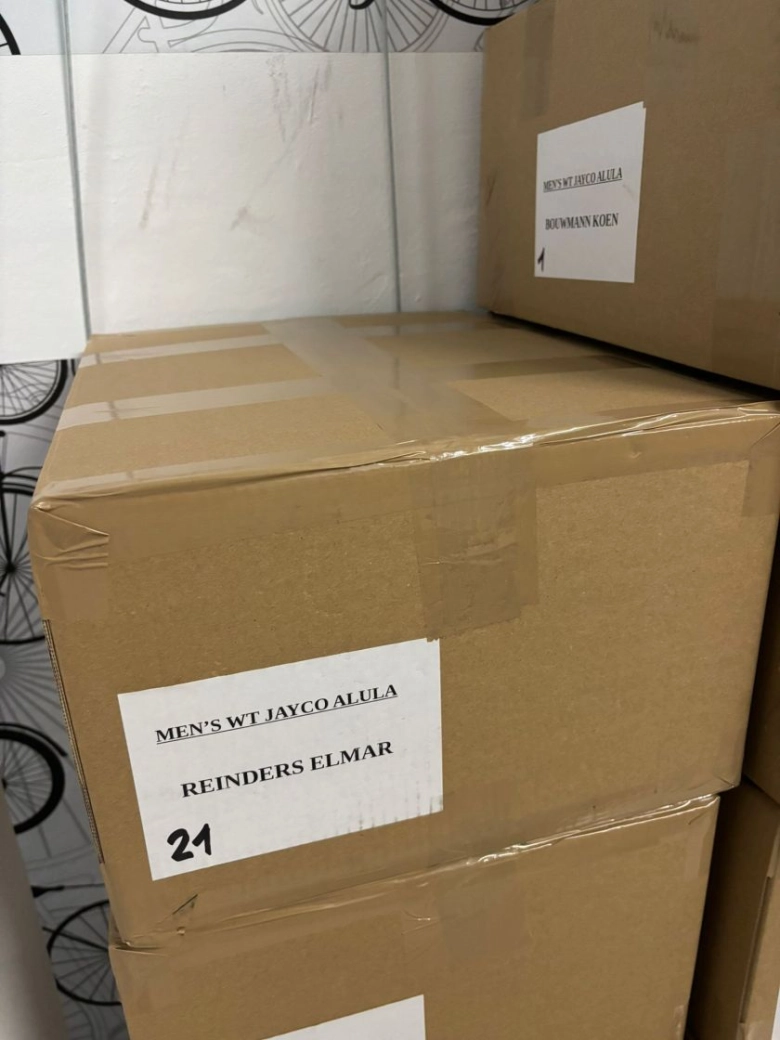
A logistical process with the new material that is renewed every year that is a real headache during these weeks for the 20 mechanics that the team has, who in recent weeks have had to assemble and adjust the 200 bikes that the GreenEdge structure will have at their disposal.
More examples of the growth of World Tour teams can be found in data such as the fleet of vehicles that Jayco-AlUla has. Nothing less than 3 buses, 3 workshop trucks to transport the bikes to races equipped with all the necessary tools for bike maintenance and assembly; 18 team cars and two kitchen vans. A fleet that will have to cover the over 400 races in which the structure will be present.